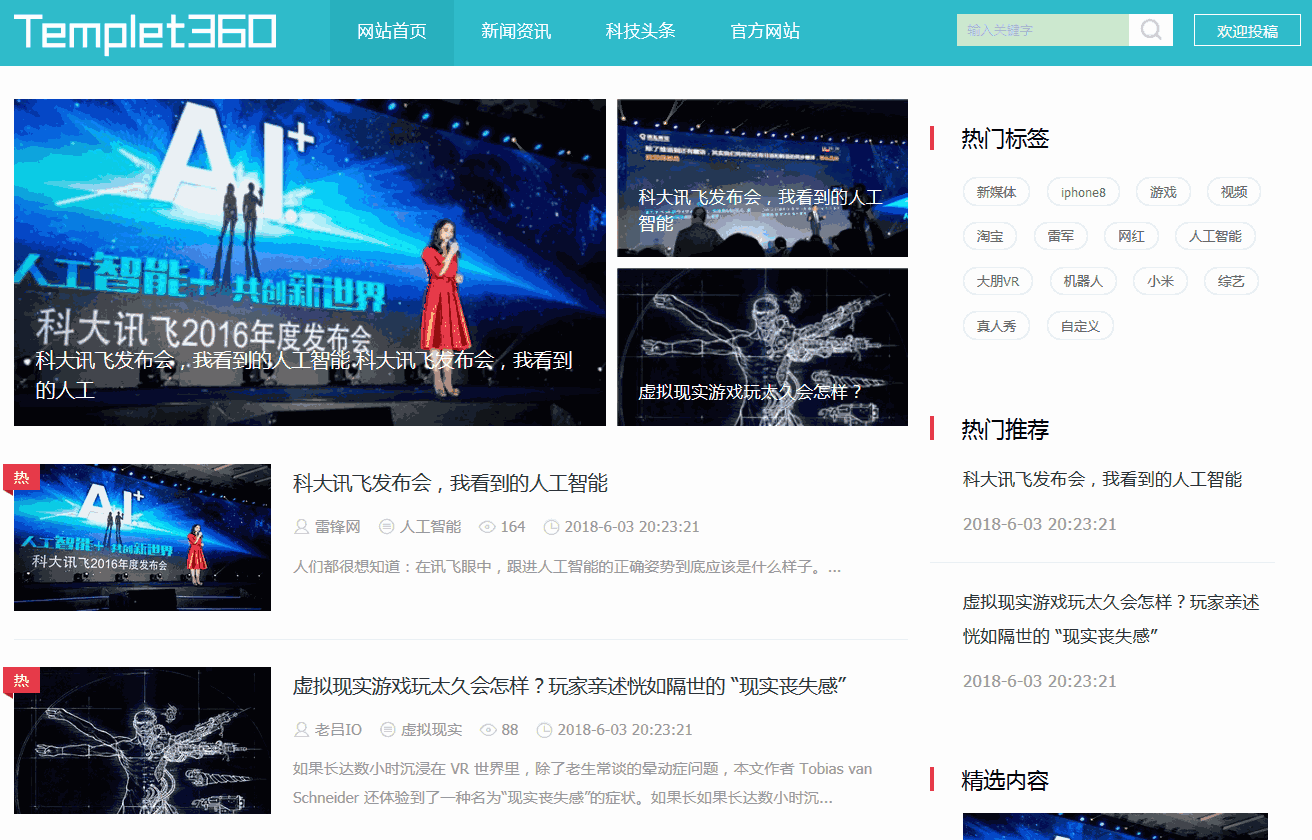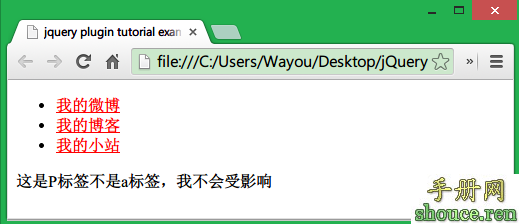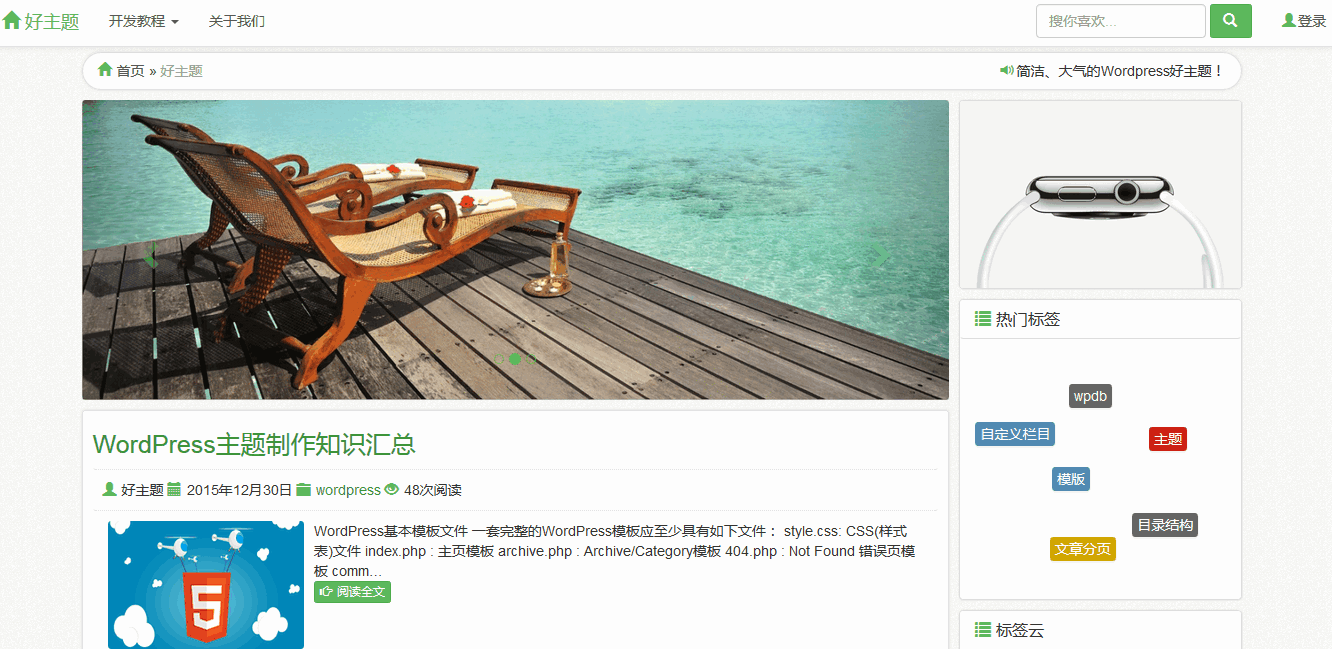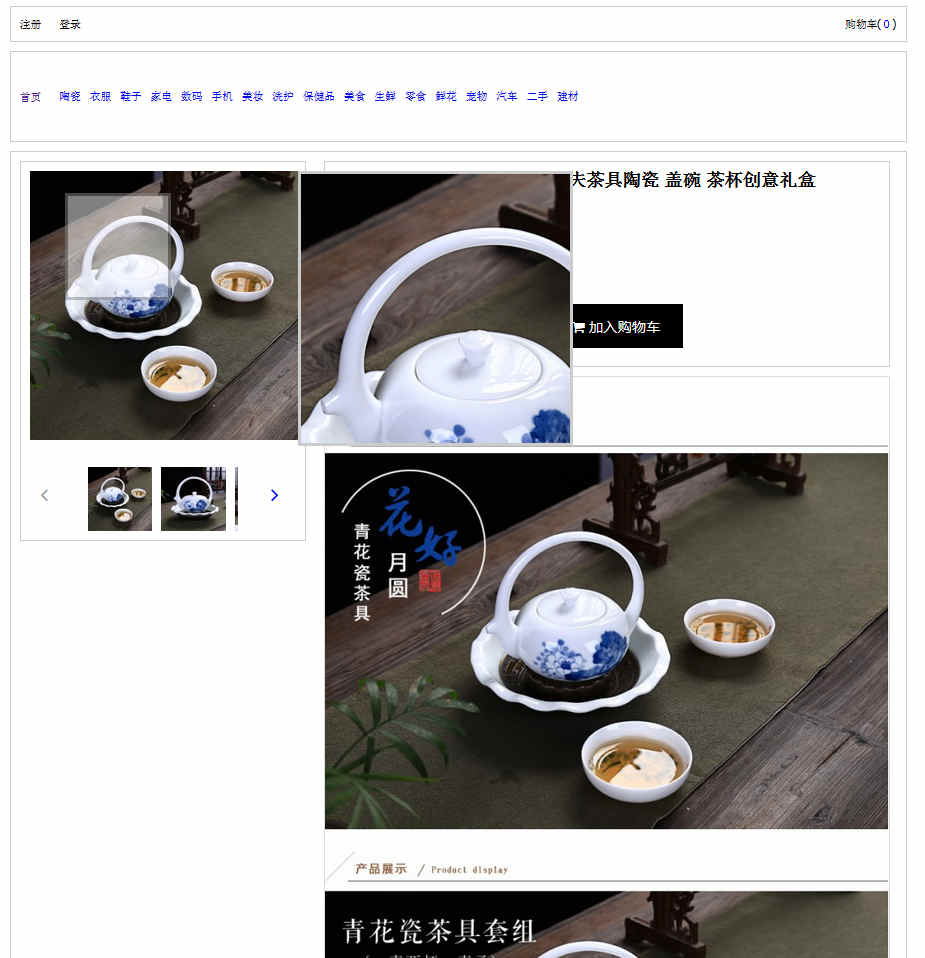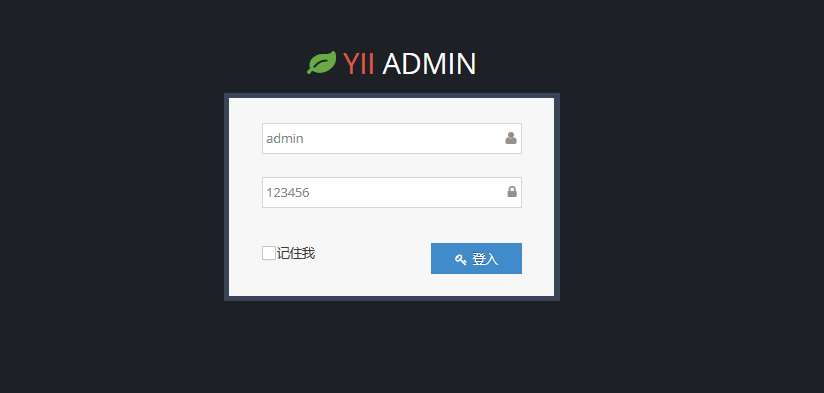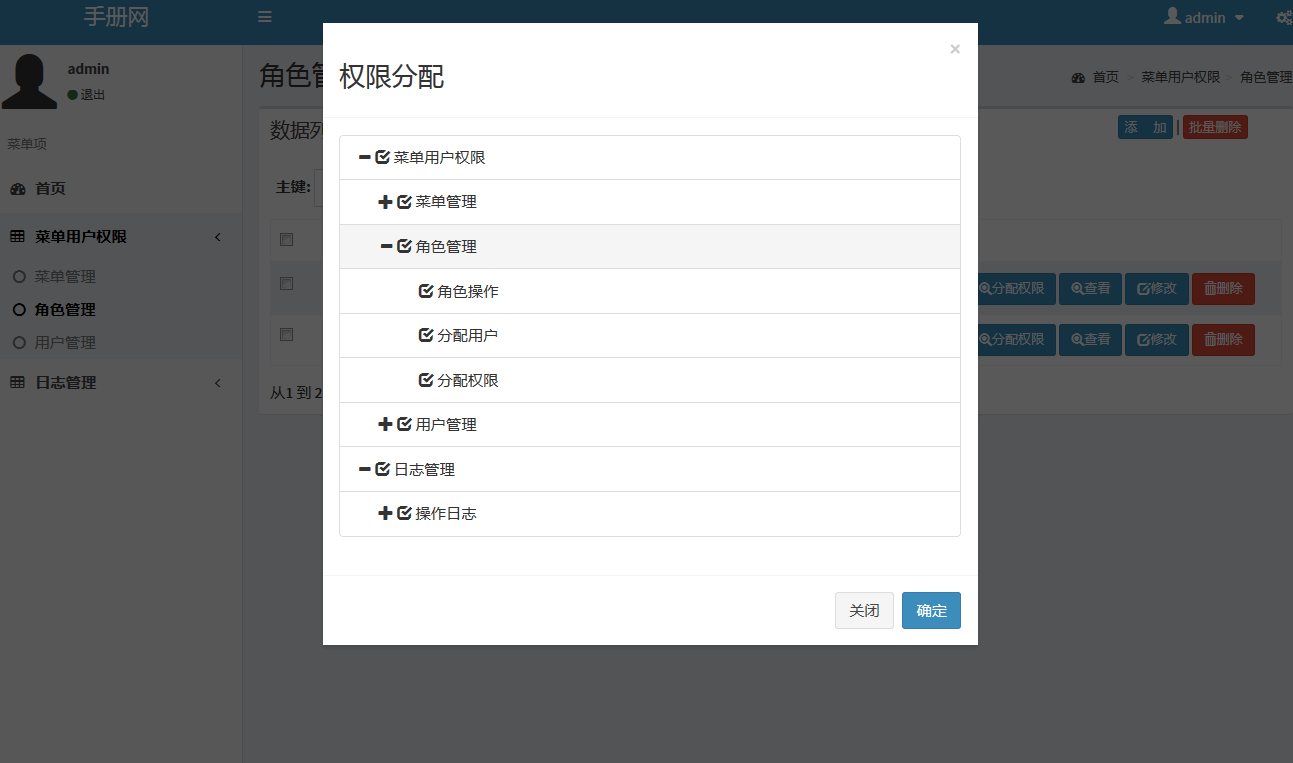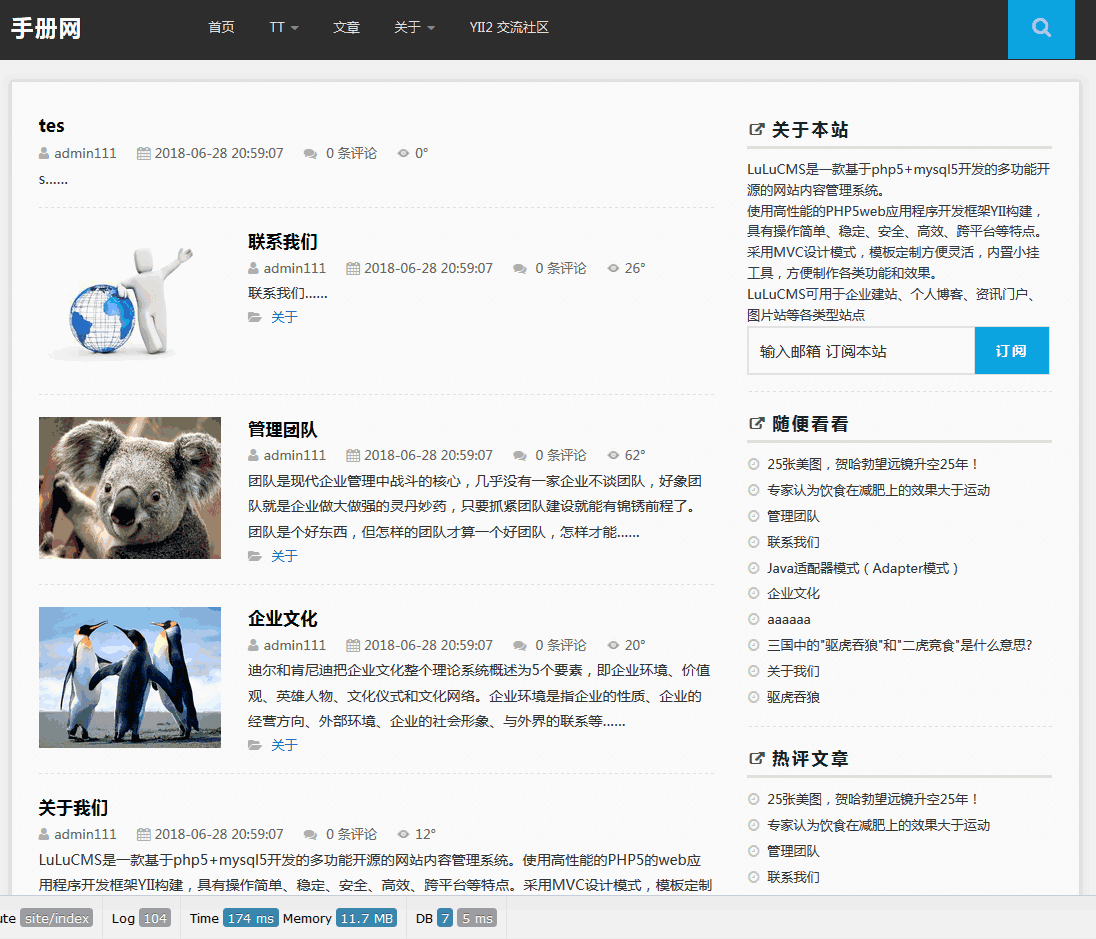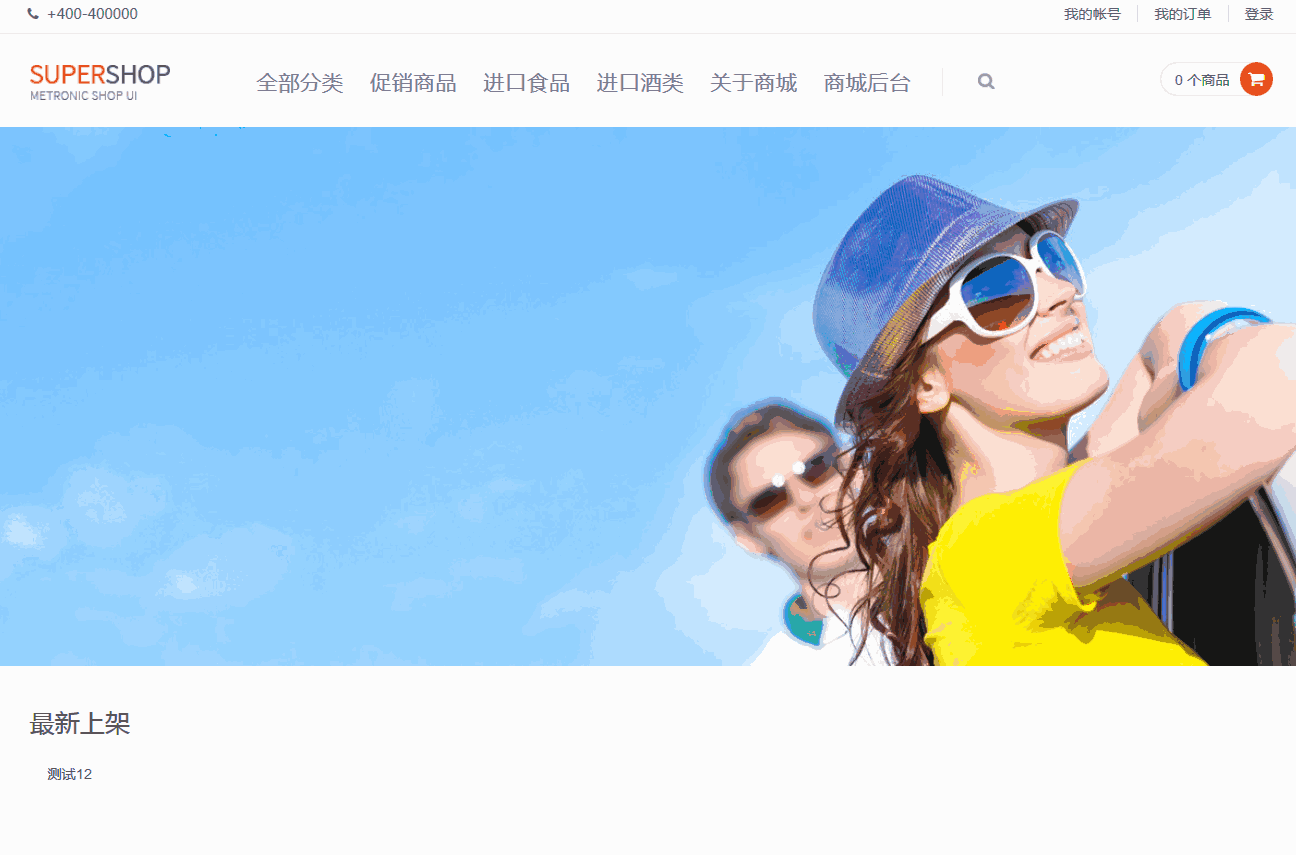Slick 编程(9): 直接使用SQL语句
如果你有需要直接使用SQL语句,Slick也支持你直接使用SQL语句。
首先你需要引入一些引用包:
- import scala.slick.jdbc.{GetResult, StaticQuery => Q}
- import scala.slick.jdbc.JdbcBackend.Database
- import Q.interpolation
其中最重要的一个相关类似StaticQuery ,为简洁起见,我们使用Q作为它的别名。连接数据库还是和以前一样Slick 编程(4): 数据库连接和事务处理
DDL和DML语句
StaticQuery的方法updateNA,(NA代表无参数),它返回DDL指令影响的行数。,比如使用H2数据库
连接数据库:
- case class Supplier(id:Int, name:String, street:String, city:String, state:String, zip:String)
- case class Coffee(name:String, supID:Int, price:Double, sales:Int, total:Int)
- Database.forURL("jdbc:h2:mem:test1", driver = "org.h2.Driver") withDynSession {
- }
创建数据库表:
- // Create the tables, including primary and foreign keys
- Q.updateNA("create table suppliers("+
- "id int not null primary key, "+
- "name varchar not null, "+
- "street varchar not null, "+
- "city varchar not null, "+
- "state varchar not null, "+
- "zip varchar not null)").execute
- Q.updateNA("create table coffees("+
- "name varchar not null, "+
- "sup_id int not null, "+
- "price double not null, "+
- "sales int not null, "+
- "total int not null, "+
- "foreign key(sup_id) references suppliers(id))").execute
你可以使用字符串和一个StaticQuery 对象相加(+)构成一个新的StaticQuery 对象,一个简单的方法是使用Q.u 和一个字符串相加,Q.u代表一个相当与StaticQuery.updateNA(??)
例如我们在表中插入一些数据:
- // Insert some suppliers
- (Q.u + "insert into suppliers values(101, 'Acme, Inc.', '99 Market Street', 'Groundsville', 'CA', '95199')").execute
- (Q.u + "insert into suppliers values(49, 'Superior Coffee', '1 Party Place', 'Mendocino', 'CA', '95460')").execute
- (Q.u + "insert into suppliers values(150, 'The High Ground', '100 Coffee Lane', 'Meadows', 'CA', '93966')").execute
在SQL查询语句中使用字面量不是一种推荐的方法,尤其是当用户提供数据时(不十分安全), 此时你可以使用 +? 操作符为查询语句绑定一个参数,比如:
- def insert(c: Coffee) = (Q.u + "insert into coffees values (" +? c.name +
- "," +? c.supID + "," +? c.price + "," +? c.sales + "," +? c.total + ")").execute
- // Insert some coffees
- Seq(
- Coffee("Colombian", 101, 7.99, 0, 0),
- Coffee("French_Roast", 49, 8.99, 0, 0),
- Coffee("Espresso", 150, 9.99, 0, 0),
- Coffee("Colombian_Decaf", 101, 8.99, 0, 0),
- Coffee("French_Roast_Decaf", 49, 9.99, 0, 0)
- ).foreach(insert)
这段代码相对于 insert into coffees values (?,?,?,?,?)
查询语句
和updateNA类似, StaticQuery还有一个queryNA方法,它支持一个类型参数(代表表的一行),比如:
- Q.queryNA[AlbumRow]("select * from Album") foreach { a =>
- println(" " + a.albumid + " " + a.title + " " + a.artistid)
- }
这段代码之所以能工作,是因为Tables.scala中定义了
- /** GetResult implicit for fetching AlbumRow objects using plain SQL queries */
- implicit def GetResultAlbumRow(implicit e0: GR[Int], e1: GR[String]): GR[AlbumRow] = GR{
- prs => import prs._
- AlbumRow.tupled((<<[Int], <<[String], <<[Int]))
- }
定义了从JDBC类型到GetResult[T] 的隐含转换,GetResult[T] 为函数PositionedResult => T的一个封装。 val q2 = Q.query[Int,(Int,String,Int)] ( """ select albumid,title,artistid from Album where artistid < ? """) val l2 = q2.list(10) for(t <- l2) println( " " + t._1 + " " + t._2 + " " + t._3)
返回结果如下:
- 1 For Those About To Rock We Salute You 1
- 4 Let There Be Rock 1
- 2 Balls to the Wall 2
- 3 Restless and Wild 2
- 5 Big Ones 3
- 6 Jagged Little Pill 4
- 7 Facelift 5
- 8 Warner 25 Anos 6
- 34 Chill: Brazil (Disc 2) 6
- 9 Plays Metallica By Four Cellos 7
- 10 Audioslave 8
- 11 Out Of Exile 8
- 271 Revelations 8
- 12 BackBeat Soundtrack 9
Q.interpolation 支持字符串插值,比如:
- def albumByTitle(title: String) = sql"select * from Album where title = $title".as[AlbumRow]
- println("Album: " + albumByTitle("Let There Be Rock").firstOption)
使用sql 做为前缀的字符串,可以将以$开始的变量替换成该变量的值,此外对于update/delete语句,可以使用sqlu前缀
- 没有章节
